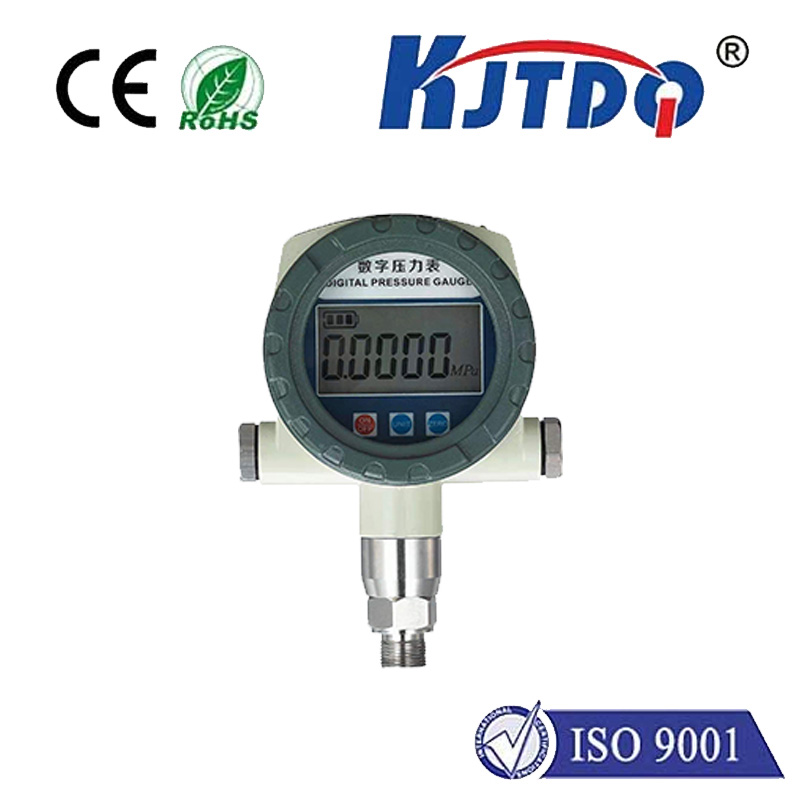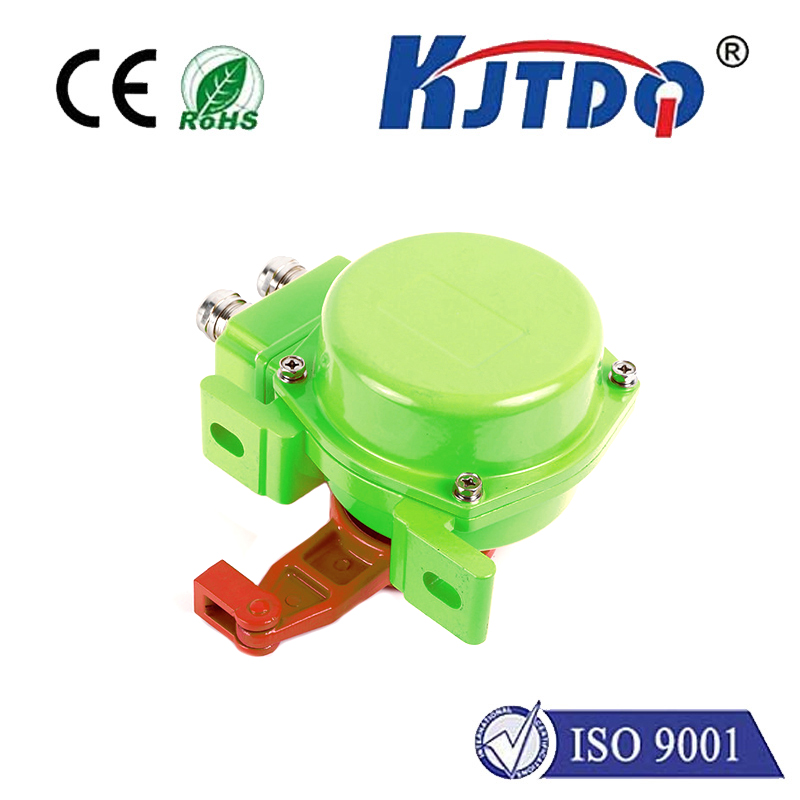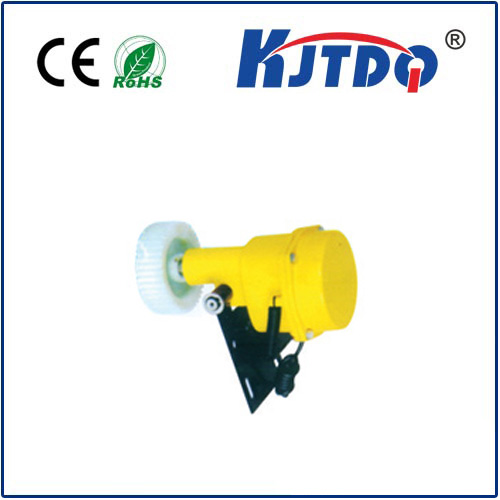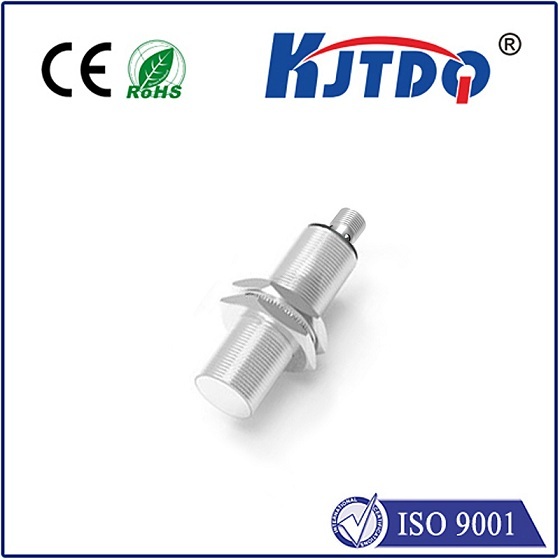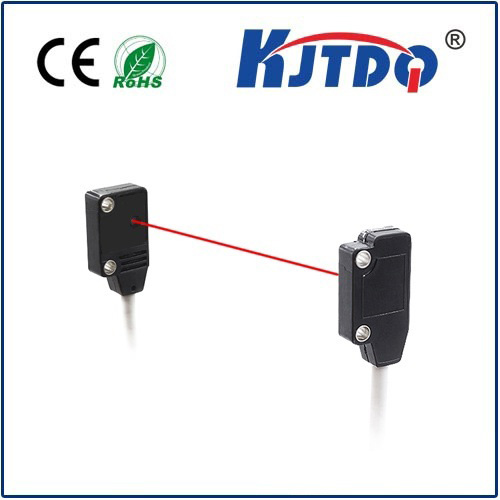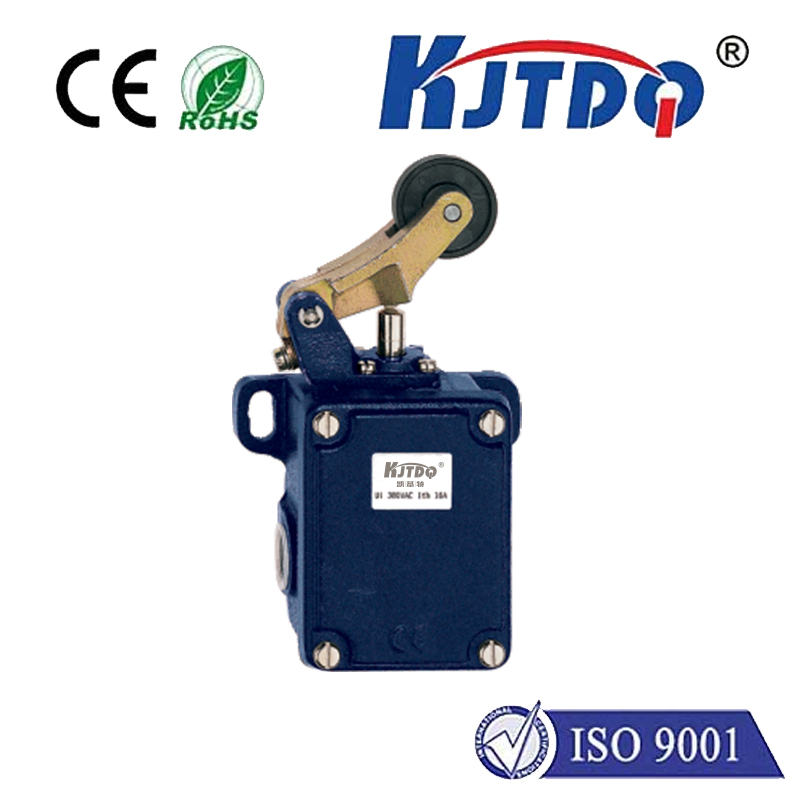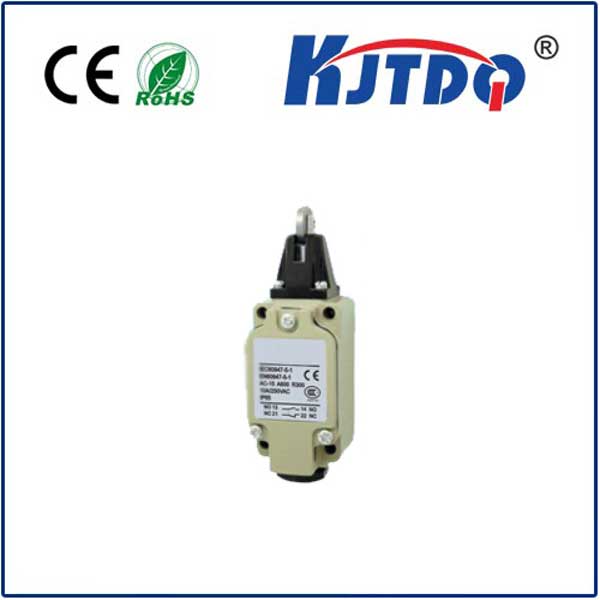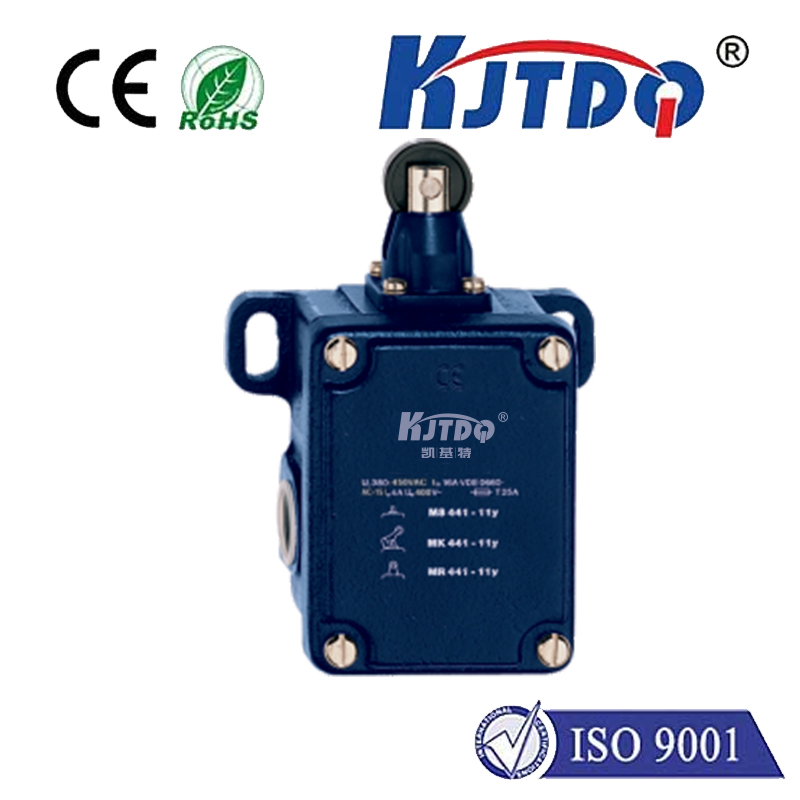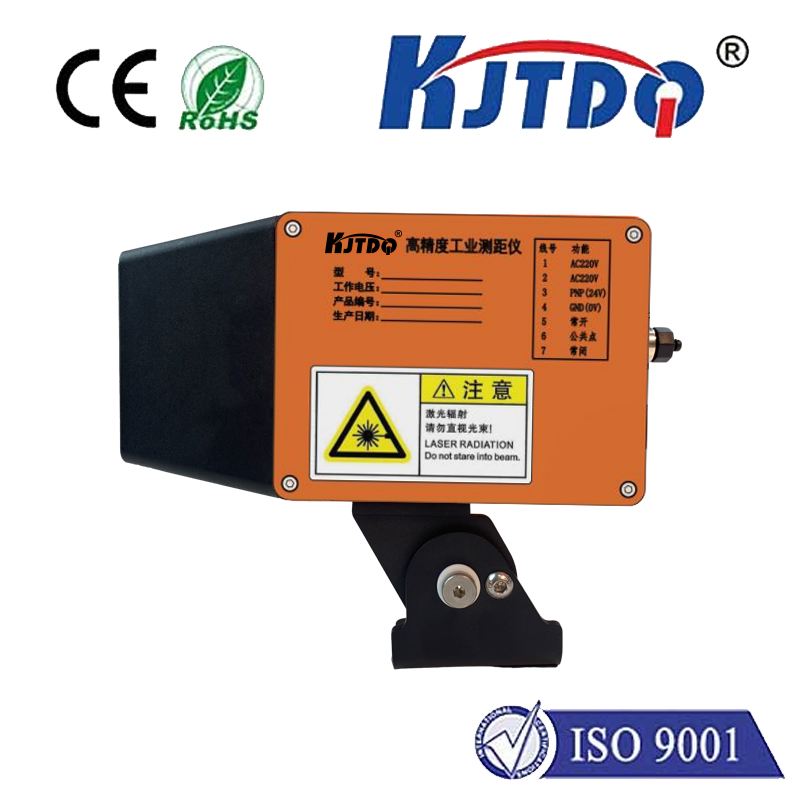boiler temperature sensor
- time:2025-08-21 04:04:01
- Нажмите:0
Boiler Temperature Sensors: The Silent Guardians of Efficiency and Safety
Imagine this: Steam pressure plummets mid-production, halting processes. Or worse, metal groans under unseen stress, risking catastrophic failure. What invisible element could prevent such scenarios? Often, it’s the humble, yet absolutely critical, boiler temperature sensor. Far more than just a simple gauge, these sensors are the vigilant eyes inside the boiler’s heart, providing the essential data that keeps operations safe, efficient, and compliant. Understanding their role, types, and care is fundamental for anyone managing steam or hot water systems.
Why Temperature Measurement Reigns Supreme
Precise temperature knowledge isn’t a luxury for boilers; it’s a fundamental operational necessity. Here’s why:
- Optimizing Combustion and Efficiency: The sensor’s readings are the primary input for the boiler control system. Accurate data allows for precise fuel-to-air ratio control. Too low a temperature leads to inefficient, incomplete combustion, wasting fuel and increasing emissions. Too high risks overheating critical components and wasting energy through excessive stack losses. Boiler efficiency directly hinges on maintaining the correct operating temperature.
- Ensuring Absolute Safety: This is non-negotiable. Excessive temperatures can weaken boiler metal, leading to dangerous pressure vessel failures. Temperature sensors act as a first line of defense. They trigger alarms and initiate automatic safety shutdowns (lockouts) if temperatures exceed preset safe limits, preventing potentially disastrous incidents. They are vital for boiler safety compliance.
- Protecting Equipment Lifespan: Consistent operation within the designed temperature envelope prevents thermal stress and fatigue on boiler tubes, drums, headers, and refractory materials. Monitoring boiler temperature helps avoid costly premature wear and tear, extending the boiler’s operational life and reducing maintenance costs.
- Maintaining Process Requirements: Many industrial processes rely on steam or hot water at precise temperatures. Deviations can ruin product quality, disrupt chemical reactions, or affect sterilization efficacy. Temperature sensors ensure the boiler reliably delivers the required thermal energy.
- Enabling Advanced Diagnostics: Consistent temperature monitoring allows operators to spot subtle trends or anomalies – perhaps a gradual drift indicating scaling buildup insulating a sensor, or localized hot spots signaling flow problems. This data feeds predictive maintenance strategies.
Decoding the Common Sensor Types
Not all boiler temperature sensors are created equal. Selecting the right one depends on the specific temperature range, required accuracy, response time, and installation environment. The two dominant technologies are:

- RTDs (Resistance Temperature Detectors):
- Principle: Measure the predictable change in electrical resistance of a pure metal (typically platinum - Pt100 or Pt1000) wire as temperature changes.
- Strengths: Known for high accuracy and excellent stability over time. Ideal for applications requiring precise control, typically within the range of -200°C to 850°C (-328°F to 1562°F), covering most boiler needs. Pt100 sensors are the industry standard workhorse.
- Considerations: Generally slower response time than thermocouples. Slightly more expensive initially. Require stable current sources for accurate resistance measurement.
- Thermocouples:
- Principle: Generate a small voltage (the Seebeck effect) proportional to the temperature difference between the junction of two dissimilar metals (e.g., Type K: Chromel/Alumel, Type J: Iron/Constantan) and the reference junction (usually within the transmitter).
- Strengths: Can withstand very high temperatures (Type K up to ~1260°C / 2300°F, Type R/S/B even higher). Typically more rugged and faster responding than RTDs. Often simpler and lower cost.
- Considerations: Generally less accurate and stable than RTDs over the long term. Require special extension wire to connect to the transmitter without introducing measurement errors. Output voltage is very small and sensitive to electrical noise.
Selecting and Installing Your Boiler’s Thermometer
Choosing the optimal boiler temperature sensor involves several factors:
- Temperature Range: Match the sensor’s capability to the boiler’s maximum operating temperature, including potential upset conditions and safety margins.
- Accuracy Requirements: Does your process demand tight tolerances (±0.1°C)? Or is ±2°C acceptable? RTDs usually win for precision.
- Response Time: Need rapid detection of temperature swings? Thermocouples often respond faster.
- Physical Environment: Consider vibration, potential chemical exposure (combustion gases), and mechanical stresses. Thermocouples are often chosen for harsher physical environments.
- Location, Location, Location: Sensor placement is critical. Common points include:
- Boiler steam outlet / drum
- Economizer inlet/outlet
- Stack/flue gas path (for efficiency calculation and combustion tuning)
- Feedwater inlet
- Key points on the water side to detect flow issues
Proper installation ensures the sensor tip is immersed adequately in the medium being measured and protected from physical damage. Using thermowells (protective tubes) is standard practice, allowing sensor replacement without depressurizing the boiler. Ensure thermowells are correctly sized and installed to maintain accuracy.
Maintaining Peak Performance: Sensor Care
A sensor out of calibration or failing silently is worse than no sensor at all. Robust maintenance is key:
- Regular Calibration: Schedule periodic calibration against a certified reference standard. Frequency depends on criticality, operating environment, and manufacturer recommendations. Annual checks are common; critical points might need semi-annual.
- Visual Inspections: Check for physical damage to the sensor, thermowell, or wiring during routine boiler inspections. Look for corrosion, leaks around fittings, or damaged insulation.
- Functional Checks: Compare readings with other temperature indicators on the boiler if available. Watch for sluggish response or erratic signals.
- Thermowell Integrity: Ensure the thermowell is securely sealed and hasn’t deteriorated (cracks, excessive thinning), which could compromise safety under pressure.
- Update Documentation: Keep meticulous records of calibration dates, results, and any sensor replacements. This is crucial for audits and boiler safety compliance.
- Embrace Smart Diagnostics: Modern sensors and transmitters often include diagnostic capabilities. Monitor for alarms indicating sensor drift, open circuits, or short circuits. Integrating sensor health into your overall asset management system enhances reliability.
The Future: Smarter Sensing
Technology marches on. Boiler temperature sensors are evolving with new materials and digital capabilities:
- Wireless Sensors: Simplifying installation in hard-to-reach locations and reducing wiring costs.
- Integrated Diagnostics: Advanced transmitters provide continuous self-diagnostics and health status.
- Digital Protocols: Sensors with native digital outputs (e.g., HART, Foundation Fieldbus, Profibus PA) offer improved noise immunity, more diagnostic data, and easier integration into distributed control systems (DCS) and Industrial Internet of Things (IIoT) platforms.
- Enhanced Materials: Development for better stability and longer life under extreme conditions.
These advancements enable more sophisticated boiler efficiency monitoring, deeper insights into system performance, and truly predictive maintenance.
Never underestimate the significance of that small device measuring heat within your boiler. The boiler temperature sensor is a critical component, silently feeding the data that powers safety interlocks, enables peak efficiency, protects your investment, and ensures reliable process steam or hot water. Choosing the right type, installing it correctly, and maintaining it diligently are not just technical tasks – they are fundamental responsibilities for safe, economical, and sustainable boiler operation. Investing in understanding and caring for your sensors pays dividends in performance and peace of mind.


